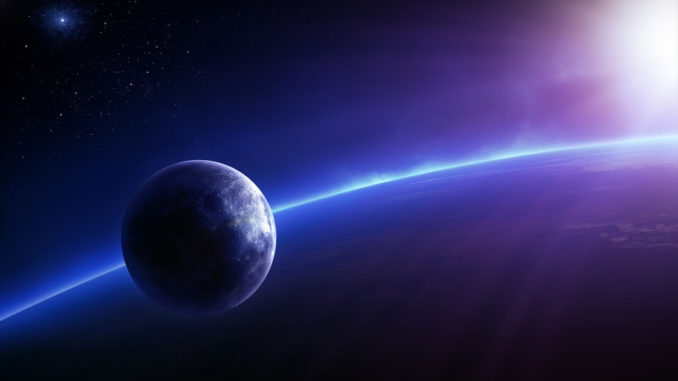
It’s easy to do real hands-on science to teach yourself to learn the night sky! Astronomy is an amazing way for you to learn about science and astronomy since it includes so many different areas as well: geometry (where did that planet go?), algebra (how far is that planet?), cartography (why is the planet moving backward?), optics, physics of light (why are stars different colors?), chemistry (what elements makeup that that star?), and so much more!
You don’t have to be a rocket scientist to learn the night sky. All you need is a sunset, a pair of binoculars (totally optional though), and this list of when and where to see the planets in the night sky for 2020:
Mercury is visible for 2020:
- Evenings: Jan. 26 to Feb.16
- (Mornings: March 17 to April 7)
- Evenings: May 21 to June 11
- (Mornings: July 15 to August 1)
- Evenings: Sept. 17 to Oct. 8
- (Mornings: Nov. 3 to Nov. 22)
Venus is visible for 2020:
- Evening in the Western sky Jan 1 – May 24th
- (Mornings in the Eastern sky June 13 – Dec 31)
Mars will be visible for 2020:
- Evenings Oct 13 – Dec 31
- Brightest from Oct 4 – 17
Jupiter will be visible for 2020 in the evenings from July 14-Dec 31
Saturn will be visible in the evening in 2020 starting July 20th through Dec. 31.
Unless you have really good eyesight, a clear sky, and know exactly where to look, Uranus will not be visible without a good set of binoculars or a small telescope. Use a stargazing app to help you find Uranus in the evening from Jan 1 – April 8th and again after Halloween 2020.
Neptune is only visible with help from binoculars or telescope as well. Using a stargazing app, you can find Neptune in the evening sky Jan 1 – Feb. 20th and again Spet 11 – Dec 31.
PUT THIS ON YOUR CALENDAR: On Dec 21st, Jupiter and Saturn are close together (happens once every 20 years, but they are closer than usual so this spacing occurs once every 300 years!).
You’ll want to view this with a really good telescope because, in the same view, you’ll see four of Jupiter’s moons and Saturn’s rings tilted open so it will be an amazing sight!
WANT MORE??
Here’s a video I put together for homeschool kids, and I thought you might enjoy learning from it as well! It will demonstrate how to choose a good pair of binoculars and how to use them for astronomy. Enjoy!
